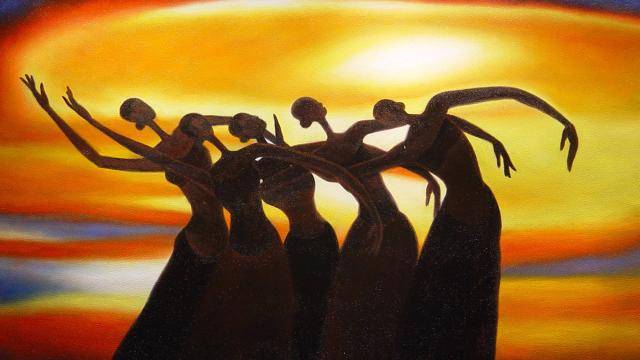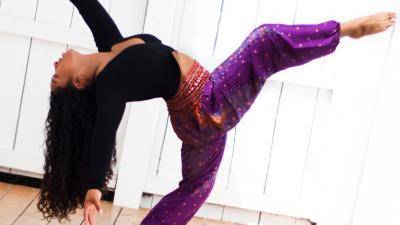Black Lives Matter is a crucial movement, advocating for freedom, liberation, justice, and for basic civil rights. This movement is at the forefront of our minds, our conversations, our social media, our daily lives, and it’s making history. In tribute to this vital, incredible movement, I want to celebrate five iconic women: Josephine Baker, Katherine Dunham, Lula Washington, Debbie Allen, and Misty Copeland. While we know the paramount roles they continue to play in dance history, I want to explore how their personal experiences with discrimination and racism allowed them to influence, inspire, and impact social justice.
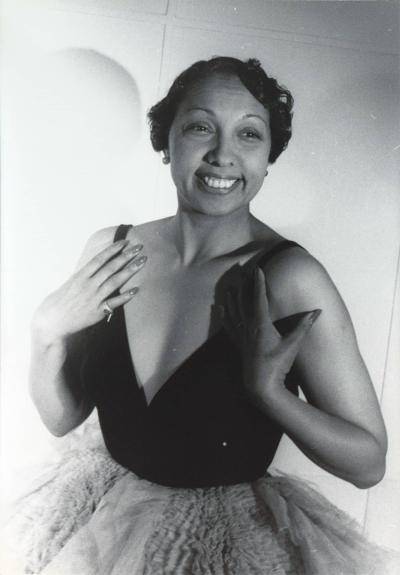
Josephine Baker
June 3, 1906 - April 12, 1975
Through dance, Josephine Baker showed the world that black females are alluring and tempting. She made her mark in dance history with erotic and lavish performances in 1920s Paris. Baker amplified the idea that black women are desirable and black dancers can command the stage on their own. The same insatiable persona that made her a dance star, gave her the ability to serve as a valued source of World War II military intelligence and a platform to advocate for civil rights.
When she returned to New York in the 1950s, Baker was faced with a blaring act of racial discrimination when she was refused service at a club in Manhattan. Motivated by blatant racism, she became active in the civil rights movement by working closely with the NAACP. So closely, that the organization declared Josephine Baker Day Sunday May 20, 1951. Baker even spoke beside Dr. Martin Luther King Jr. at the March on Washington in 1963. Her platform as a famous dancer allowed her to further her activism; she refused to perform at venues with segregated audiences and this insistence on mixed audiences actually helped to integrate live entertainment in Vegas. As a dancer and activist, Josephine Baker has taught us that black women are beautiful, sensual, and should be coveted.
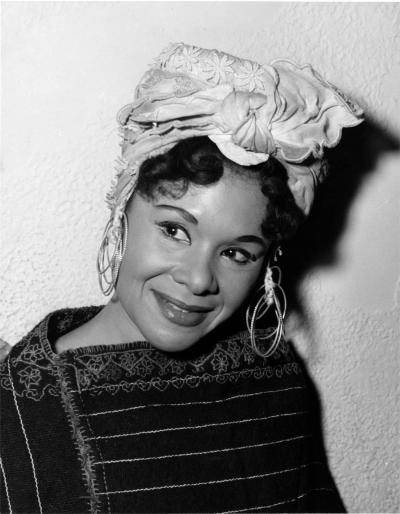
Katherine Dunham
June 22, 1909 – May 21, 2006
As an extraordinary dancer and dance educator, Katherine Dunham is recognized as having one of the most successful dance careers of the 20th century. Dunham dedicated her life’s work to promoting the study of African diaspora, celebrating African and Caribbean cultures, and empowering the black community through dance. Opening the Katherine Dunham School of Dance and spearheading the sole self-supported American troupe of black dancers was monumental to arts education not only for the black community, but to the modern dance vernacular.
Dunham’s undeniable talent and wisdom brought her to television, which was crucial for both black and white audiences to see black performers, especially black females in lead roles. This gave her the opportunity to combat the racist narrative and because of her status, people listened. Though her recognition as a dancer garnered her respect, she did not go unscathed in fighting for social justice and was arrested temporarily in St. Louis. She refused to hold a show when black residents were not allowed to buy tickets and denied a studio contract when the producer said her darker-skinned company members would need to be replaced. Even at the age of 83, she went on a 47-day hunger strike to protest the discriminatory U.S. foreign policy against Haitian boat-people saying, “My job is to create a legacy.” Katherine Dunham’s legacy of African and Caribbean styles lives on today as a crucial part of dance history through our modern dance curriculum. She’s taught us that black lives and culture must be celebrated.
“To me the arts can prevent war, the arts can save a nation, and they can save young people.” - Lula Washington
Lula Washington
March 13, 1950 - Present
Inspired by the enticing movement of Alvin Ailey, Lula Washington knew she needed to make dance a part of her life. When she applied to the UCLA (University of California Los Angeles) dance program at 22 years old, she was immediately met with adversity and rejection as Washington was “too old.” Lula’s passion for dance would not leave fleetingly; it’s that same passion that repealed the rejection and led to acceptance into the program after all. Her time at UCLA was spent enriching the experience for fellow black dancers and students with the formation of the Black Dance Association.
The driving force behind Washington’s career is striving to make quality dance training accessible to her community and to give youth a safe space to make positive changes through movement. She did so by establishing the Lula Washington Dance Theater and The Dance Company, which she still runs today. She continues to create her own works with stylistic variety, but also celebrates repertoire from legends like Katherine Dunham that highlight the athleticism and history of Afro-Haitian movement along with modern dance. Washington furthers the discussion of the black experience and social justice through her compositions, which have gained praise for their strong social and political commentary. Lula Washington continues to show us that black women can funnel adversity into positive change.
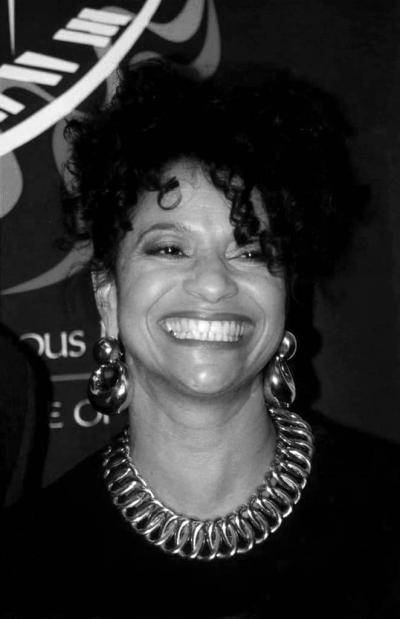
Debbie Allen
January 16, 1950 - Present
Debbie Allen is a global icon, not only to dance lovers as a dancer and choreographer, but a household name in television and film as an actor, director, and producer. Her career trajectory knows no bounds and it doesn’t seem to be slowing down any time soon. Versatility has allowed Allen to defy limitations and stereotypes across all avenues of the arts. Facing racial discrimination at numerous ballet institutions as a teenager, she fought with resilience and talent to prove she belonged and that she was going to succeed.
Rejections and discrimination in her youth motivated her to graduate cum laude from the prestigious, historically black Howard University with a degree in drama. She went on to conquer Broadway, Fame, and has since shifted her focus behind the scenes and has paved her way to leadership roles in the entertainment industry. These leadership roles help Allen to create content that normalizes black dancers, black performers, black women, and black people to mainstream television and live theater. She continues to utilize her talents to magnify the black experience through her work and the Debbie Allen Dance Academy in Los Angeles, which she founded in 2001. Her dance legacy endures through her company,The DADA Ensemble, Sons of DADA, and all of her students at Debbie Allen Dance Academy. Today, Allen furthers her activism and support for social justice movements such as Black Lives Matter through her social media platforms. She recently held a 12 hour dance-a-thon, Dance to the Music with JaQuel Knight to raise money for dance studios struggling in the pandemic as well as for racial equality. Debbie Allen continues to show us that black women are limitless, versatile leaders.
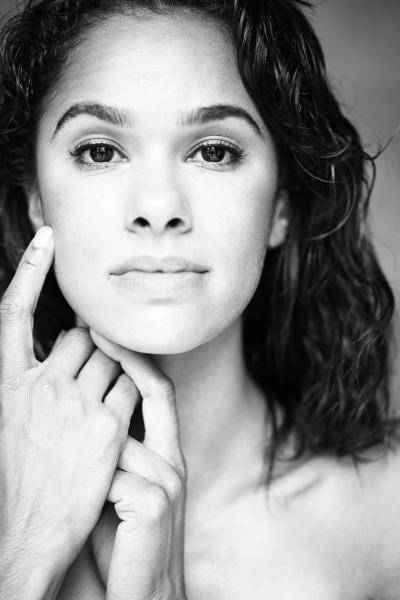
Misty Copeland
September 10, 1982 - Present
Misty Copeland took the ballet world by storm and made ABT history as its first black female principal dancer. With countless barriers and stereotypes, she continues to persist with natural talent, dedication, and good old-fashioned hard work. The start of her dance career was later than most, at 13 years old, especially in the eyes of the ballet world. A couple of years into her dance training, Copeland caught the attention of famous ballet institutions; Joffrey Ballet, ABT, Dance Theater of Harlem, but landed at San Francisco Ballet School to start her formal studies in 1998.
Copeland’s time at ABT has allowed her to morph the audience’s perception of what ballet looks like by stepping into historically white roles. She worked her way up from Corps de ballet, to soloist, to eventually making dance history as the first black female principal ballerina in the company’s 75-year history. Copeland has challenged adversity throughout her life and her dance career, but was faced with an unexpected hardship as a young dancer at ABT when she experienced a lumbar stress fracture. To support the injury, she was instructed to take birth control pills to induce puberty. Her body changed, grew curves, and she now tackled a different challenge, feeling self-conscious that her body wasn’t up to conventional ballet standards. Coupled with the pressure of being the only black company member, Copeland succumbed to a binge eating disorder. In her recovery, she found strength and rebuilt her confidence. Copeland continues to dismantle the “ideal” body of dancers and is treasured as a role model worldwide for female dancers, performers, and especially black dancers. In fact, she just made history again as her and fellow dancer Calvin Royal III became the first black couple to perform lead roles in ABT’s production of Harlequinade! A lesson from Misty: black women’s bodies are not confined to a singular idea.
All throughout our history, these women have laid the foundation for a global understanding and recognition of the pivotal influence of various cultures in dance. Through the contributions of these powerful dancers as role models, the next generation of dancers, activists, and young black women will be able to express their cultures more openly and to a wider audience. The work they’ve done and continue to do is crucial for not only the arts, but society and our ability to change for the better.
